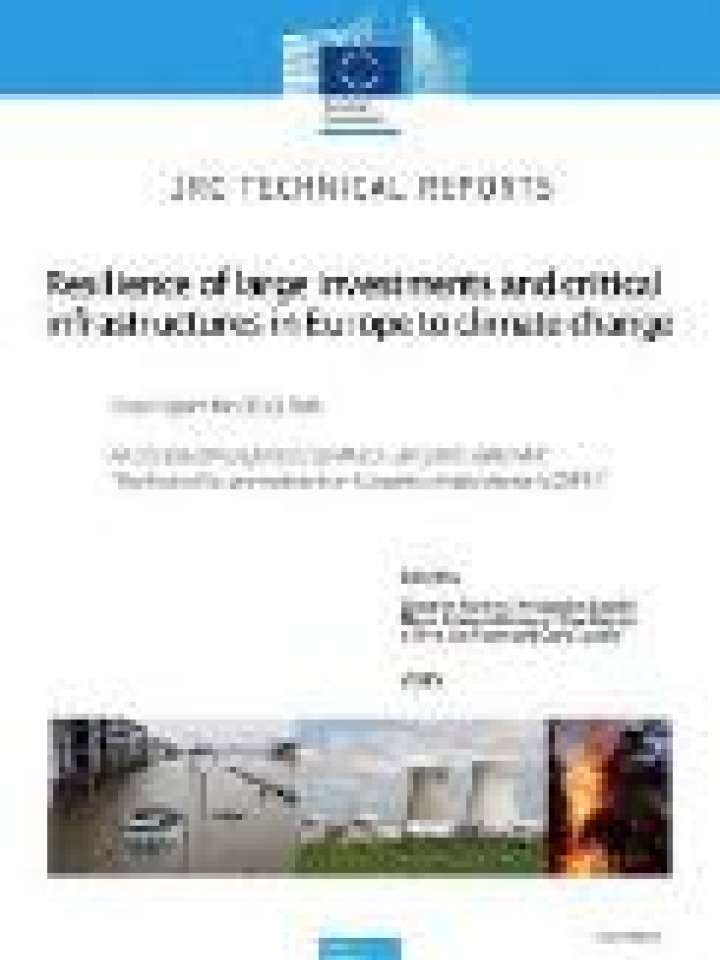Resilience of large investments and critical infrastructures in Europe to climate change
This technical report describes the key findings, methodological aspects and underlying assumptions and limitations of the research activities undertaken by the JRC in the project "Resilience of large investments in Europe to climate change (CCMFF)”. It provides the first comprehensive multi-hazard multi-sector risk assessment for Europe under climate change and identifies the most vulnerable and impacted regions in Europe throughout the 21st century. It significantly contributes to a better understanding and awareness of hazard impacts that is crucial for the management of future climate risks.
Key findings of the study include:
- Europe will see a progressive and very strong increase in overall climate hazard with a prominent spatial gradient towards south-western regions. Key hotspots emerge particularly along coastlines and in floodplains.
- Climate hazard impacts to critical infrastructures and EU regional investments may strongly rise in Europe: damages could triple by the 2020s, multiply six-fold by mid-century, and amount to more than 10 times present damages by the end of the century.
- Economic losses are highest for the industry, transport and energy sectors. The strongest increase (>1,500% by the end of the century) in damage is projected for the energy and transport sectors, and for EU investments in environment and tourism.
- Floods currently account for approximately half of climate hazard damages, but in the future droughts and heatwaves may become the most damaging hazards.
- Substantial resources may be required to increase the resilience of critical infrastructures and EU regional investments against future climate.
- Impact and adaptation costs do not fall equally across Europe. Southern and south-eastern European countries will be most impacted.
Explore further
